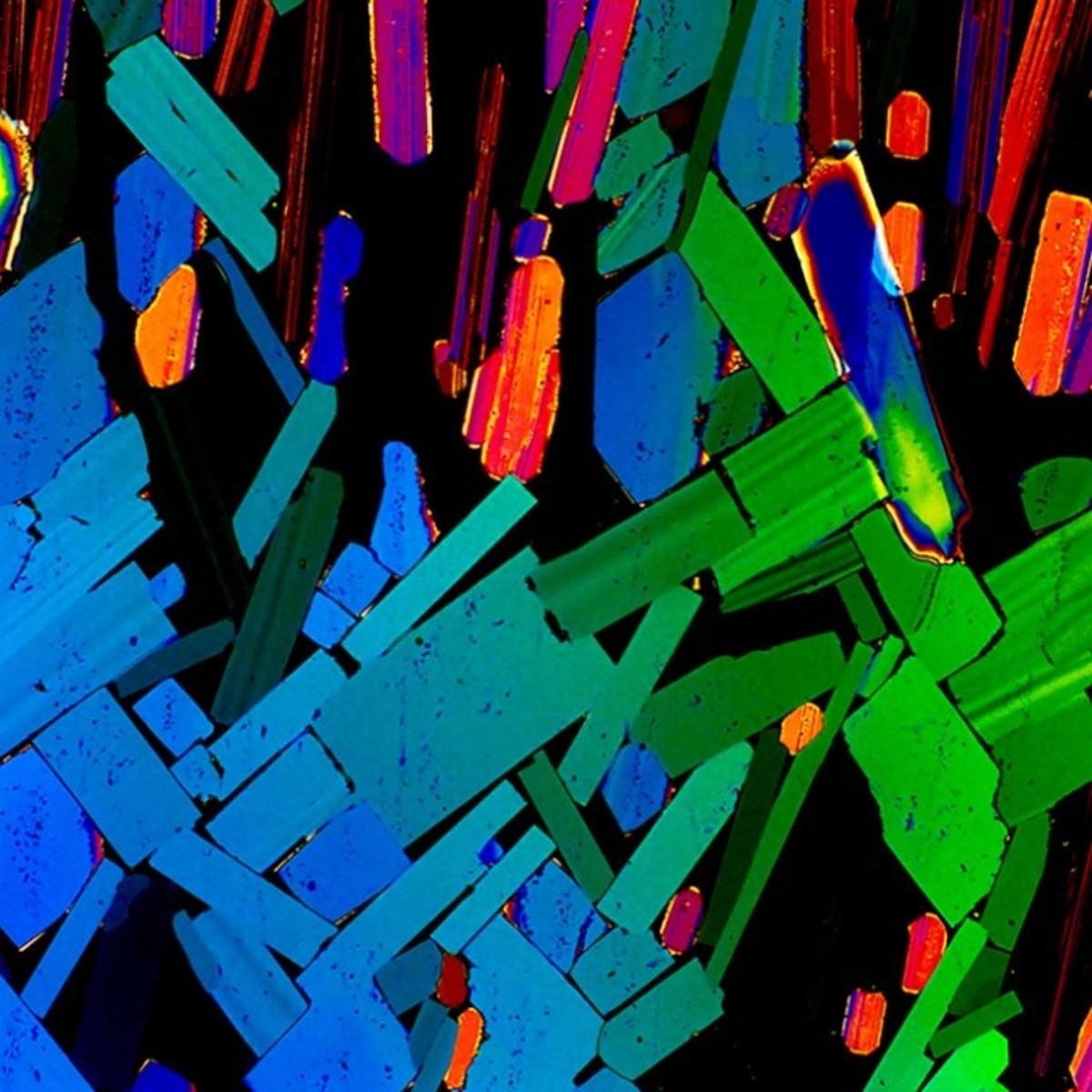Table of Content
Its operation relies on the sliding of the screw shaft and the nut threads with no ball bearings between them. The screw shaft and the nut are directly moving against each other on... Off road and construction vehicles require different amounts of torque to be delivered to each wheel. The need for a variation in torque is due to the terrain that the wheels of the vehicles have to traverse. Worm gears enable these types of vehicles to maneuver and drive over uneven ground without the fear of damage.

Worm gears are widely used because they can be produced in a variety of sizes and configurations. The assortment of dimensions, shapes, and designs make worm gears adaptable for any number of devices and machines. The number of threads, or starts, in a worm is the number of teeth.
Indoor Worm Bins or Outdoor Worm Bins?
Non-throat worm gears do not have a throat or groove machined around the worm or worm wheel and are helical gears with a straight worm. Tooth contact is at a single point on the moving drive and both gears are non-throated. Having a single rotating point means the gear has high wear and tear.

That can be deduced from the worm or even simpler, just make a single point tool to match the worm and use that to make the hob. The tooth profile of the hob is straight sided, same as an acme thread, and will generate the correct profile on the wheel as it is hobbed. The brass nut on top is cut from hex stock and has a threaded shaft with a dead center on the end that bears in the top of the shaft the blank rides on.
Worm Gear Lubrication
The shop I got it from NEVER cleaned anything and the table was VERY stiff from accumulated black tar like junk. When I looked at the machine, I was amazed at how filthy it looked, but how little wear there was on everything that I checked. Oh, if I didn’t make it clear, this is for a prototype. Once my design is finalized and initially tested, I’d have someone bulk produce the needed bespoke gears out of something suitable like hardened steel or whatever is appropriate.
Assembly with the Design Accelerator worm gear already inserted. You can put fruit and veggie scraps, but unlike compost bins, you need to exclude citrus and onions as worms don’t like them. Worm farms also take egg shells, cartons, newspaper, tea leaves and bread.
Start With A Plan for Your DIY Worm Bin
The speed of transmission is determined by dividing the number of teeth by the number of threads. With a one thread design, the worm gear advances one tooth. For proper performance, the number of threads has to match the mating gear. The single tray worm bin is the easiest to set up but perhaps harder to maintain and harvest worm castings from. It depends on the amount of your family’s food waste that determines the number of composting worms and the size of the worm bin that you are going to build.
There are some reasonable priced gear cutters locally who can either cut it themselves or make a profile cutter for me realatively(?) cheaply. First a side view showing the brass hub and it's internal cone. I've got some sort of clutched assembly with a handle that is NOS. I'm not sure what it's for though--Could be a South Bend.
The lead angle is the angle that is tangent to the thread helix on the pitch of the cylinder and the plane to the axis of the worm. Assembly was possible and you're right that tooth pressure is not even. I had to do quite a bit of eyeballing to reduce backlash from milometers to micrometers and it is still significantly sub-optimal. Thanks for posting the update to the globoid excel sheet!
The original worm gears were made of wood and were part of a hand crank mechanism used in shipbuilding. With the advancement of technology and metallurgy, modern worm gears are made of sturdier and more durable materials. The main reason worm gears are installed in many applications is the small amount of space they require. Their compact design makes them a perfect addition to applications that need efficiency but have limited space. The connection and motion of the wheel gear and worm gear produce a sliding action with low output speed and high torque. The configuration of the two gears makes for an efficient and specialized type of gearing able to perform specialized tasks.
All worm gears are made of two different metals, with a harder metal used for the worm and a softer one used for the wheel. This design enhances a worm gear‘s ability to absorb shock loads that are found in construction equipment and other applications that have heavy loads. One of the major benefits of worm gears is their ability to offer gear reduction and torque multiplication in a small footprint. The construction of a worm gear includes a large worm wheel that has a shallow thread and is connected to a perpendicular axes, non-intersecting gear. Stainless steel worm gears are made of 303 and 316 grade stainless steel. They are ideal for damp and wet conditions since they do not rust or corrode.
In conditions of high pressure and temperature, an EP oil reacts with a metal surface to form a chemical layer that prevents wear and welding. EP lubricants work well in conditions where there is shock or vibration and are ideal protection of steel. EP gear oils have the same temperature restrictions as compounded oils and are AGMA grades 7 and 8. Worm gears are commonly found in conveying systems due to their single direction motion and ability to lock up when motion stops. When a conveyor shuts down, it has to remain motionless. A worm gear locks in place when motion stops and prevents the conveyor from slipping or moving forward.


No comments:
Post a Comment